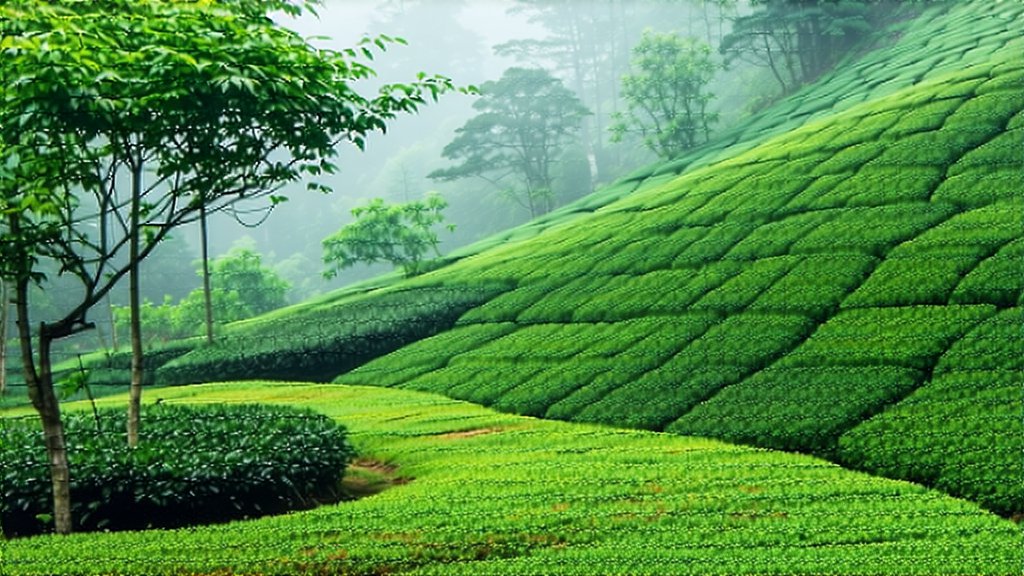
Biluochun, often referred to as the "Green Pearl" due to its unique shape resembling a coiled spring, is one of the most revered varieties of Chinese green tea. Originating from the picturesque mountains of Dongting Lake in Hunan Province, China, this exquisite tea has a rich history that dates back over a thousand years. It was first cultivated during the Tang Dynasty and gained significant recognition during the Ming and Qing dynasties, eventually becoming a tribute tea offered to Chinese emperors.
There are several sub-varieties of Biluochun, each with its own distinct characteristics. The most famous among them include:
- Mei Xian (Plum Immortal): Known for its delicate flavor and light floral aroma, it is harvested in early spring when the buds are still tender.
- Yin Zhen (Silver Needle): This variety features long, slender leaves with silvery down, offering a smooth and mellow taste.
- Tian Jian (Heavenly Sword): Recognized by its robust flavor and slightly smoky finish, it is often favored by those who appreciate a fuller-bodied tea experience.
The production of Biluochun involves a series of intricate steps that ensure the preservation of its unique qualities. Harvesting usually takes place in late spring, around the Qingming Festival, when the tea leaves are at their freshest and most tender. The process begins with careful hand-picking of the top two leaves and a bud from each shoot.
Once collected, the leaves undergo immediate processing to prevent oxidation. The first step is withering, where the leaves are spread out in a cool, ventilated area to reduce moisture content. Next comes the rolling process, which is done in stages to shape the leaves into tight spirals while releasing their natural oils and fragrances.
After rolling, the leaves are pan-fired over low heat to further reduce moisture and stop enzymatic activity. This is followed by drying, where the leaves are gently heated to remove any remaining moisture, ensuring they are crisp and ready for storage.
Brewing Biluochun requires attention to detail to fully appreciate its nuanced flavors. Begin by warming your teapot with hot water and discarding the rinse water. For a standard serving, use approximately 3 grams of tea per 150 ml of water. Water temperature should be around 80°C (176°F), slightly cooler than boiling, to avoid scalding the delicate leaves.
Allow the tea to steep for about 2-3 minutes, then pour it into cups or directly serve from the pot if using a Gongfu style. Biluochun can be infused multiple times, with each subsequent brew revealing different layers of flavor.
To truly savor the elegance of Biluochun, one must engage in mindful tasting. Start by observing the tea's appearance – the tightly coiled leaves unfurling in the water, resembling a dance of green ribbons. Inhale deeply to capture the subtle, fresh aroma that hints at the coming flavor profile.
On the palate, Biluochun offers a harmonious balance of sweetness and slight bitterness, with a lingering aftertaste that is both refreshing and satisfying. Note the texture; it should feel smooth and silky, gliding effortlessly over your tongue. As you sip, pay attention to how the flavors evolve, revealing complexities that might remind you of chestnuts, fresh grass, or even a whisper of fruitiness.
In conclusion, Biluochun is more than just a tea; it is an experience that connects you to centuries-old traditions and the natural beauty of its origin. By understanding its history, mastering the art of brewing, and cultivating the skill of mindful tasting, one can unlock the full potential of this remarkable green tea. So next time you find yourself reaching for a cup of tranquility, consider embracing the world of Biluochun and embark on a journey through time and taste.